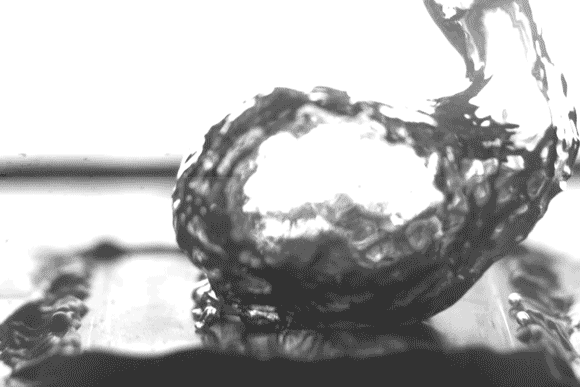The newest addition to the periodic table of elements is element 117, or ununseptium as it is temporarily called until it gets an official name.
The new super-heavy element is in fact artificial and can’t be found in nature. Although it lasts for merely a fraction of a second, that’s all the proof needed to verify its existence. Naturally occurring super-heavy elements like uranium and plutonium are stable because they have a magic atomic number, which is the amount of protons in the nucleus.
Protons can be added to make these heavier elements but they can become unstable and evaporate in short periods of time, as is the case for element 117. However, if we can manage to sustain them, it would be of large benefit to our understanding of quantum physics, radioactive decay and the advancement of technology in a general sense.
The more protons and neutrons added to a nucleus, the more unstable the atom gets. But nuclear physics is pushing the boundaries on this by seeing just how big atoms can get. Element 117 is a step in that process for determining what is called “the island of stability” – an ideal atomic number for super-heavy elements.
The International Union of Pure and Applied Chemistry (IUPAC), an international collaboration of scientists, will be the ones who will ultimately approve element 117 for the periodic table of elements and give it a name.






